Instruction
Missing short putts? Here’s why!
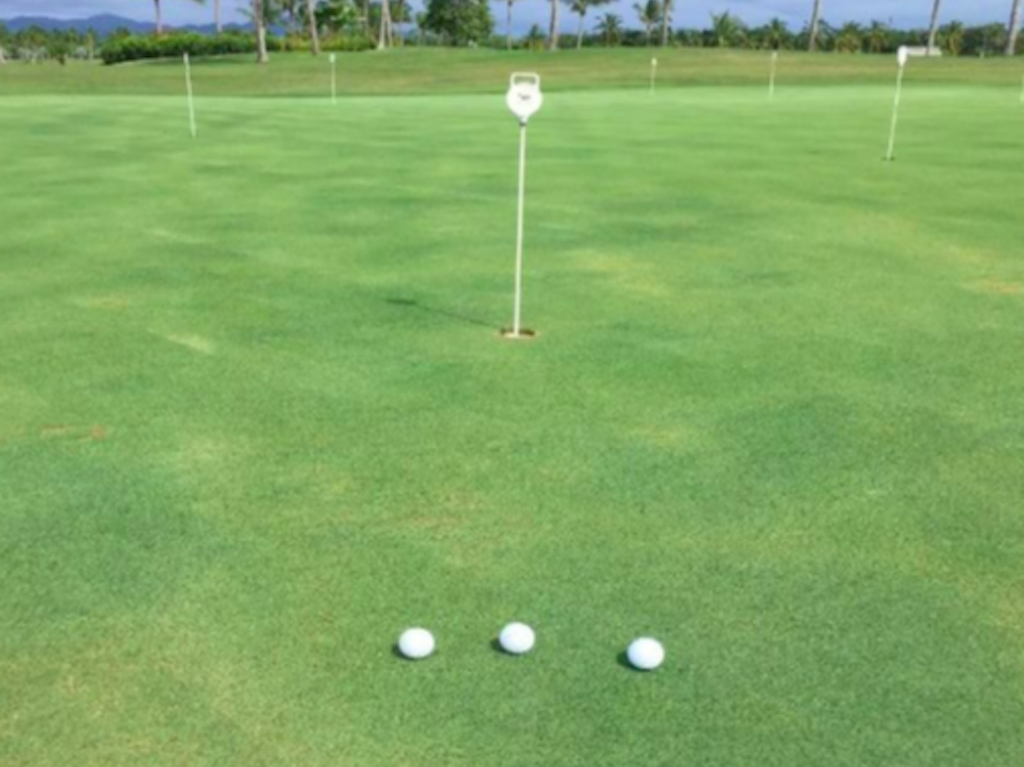
Have you ever stood over a four-footer and known you were going to miss it? If so, then you are not alone, in fact, this is one of the most common things I hear from golfers of all levels. These short putts can be the end of the road for some players as it forces them to not play as much as they once did. However, in this article, I want to show you why you miss these and how you can help yourself at home.
Obviously, people focus on picking the correct line and even go so far as to mark and aim their ball in the direction of their chosen line, but it’s what happens during the stroke that will influence this result. In my opinion, the reason why people miss short putts is because of inconsistent rotational control of the putter head during the stroke.
Now I am not stating that you should have no rotation or that you should have a bunch, what I am saying is that the uniformity of the stroke back and through (from a rotational standpoint) is the key. Therefore if you have X amount of rotation on the way back, it would be nice to have X on the way back to impact. Losing control of this on the way back or on the way back into impact will make finding your “line” impossible. Basically, stated the more rotation you have on the way back influences the rotation you will need on the way through. Some players putt better with little rotation and others with more…it’s a personal choice!
For this article, I will be using Blast Motion’s Putting Sensor that measures many things about how the putter moves but most importantly for us is “how much” the putter head rotates open and closed during the stroke.
Blast fits directly over the end of your current putter so you can test multiple putters based on the ones you like and dislike. I really like this application since many different putters have different rotational influences based on their designs. And it’s the influence of the putter’s design that can help or hinder your progress within this fundamental.
Here are two screens showing the rotation of my putter with an exaggerated rotational stroke and one with my normal rotation. As you can see that the more excessive the rotation you have the harder it is to return the putter to impact consistently.
The next step is to hit multiple putts and audit the strokes to determine if the backswing or the forward swing is the culprit. And once we determine that we can go about fixing the problem once and for all.
The screen on the left shows the average backstroke rotation for me over the course of the putts I hit. While the screen on the right shows the same thing for forward swing rotation. What we can see from my particular stroke is that my backswing average is much higher than my forward swing so I am not returning the putter back to square very often and I am missing the putts to the right.
So I need to fix my backswing rotation and the forward swing will improve itself naturally. My favorite drill for working on my putter head’s rotation on the way back is to use a putting template. You can find them for straight back-and-straight through strokes or even ones on an arc. Pick the one that best suits your stroke.
Once I have selected the correct template it is now time to make practice strokes and watch how the putter blade opens on the way back. I want it to mirror the lines on the template so that my putter remains perpendicular to the line within reason. It’s here that I am exaggerating the feeling of keeping the stroke rotation on the backswing at bay so when I go back to putting normally it is “fixed” from excessively opening on the way back.
It’s my job to curtail (not eliminate) this rotation on the way back so I have the best chance to begin the ball on the correct line.
Try it for yourself and see if you hole more short putts!
- LIKE43
- LEGIT12
- WOW5
- LOL5
- IDHT3
- FLOP9
- OB2
- SHANK23
Instruction
Clement: Laid-off or perfect fade? Across-the-line or perfect draw?

Some call the image on the left laid off, but if you are hitting a fade, this could be a perfect backswing for it! Same for across the line for a draw! Stop racking your brain with perceived mistakes and simply match backswing to shot shape!
- LIKE0
- LEGIT0
- WOW0
- LOL0
- IDHT0
- FLOP0
- OB0
- SHANK1
Instruction
The Wedge Guy: The easiest-to-learn golf basic

My golf learning began with this simple fact – if you don’t have a fundamentally sound hold on the golf club, it is practically impossible for your body to execute a fundamentally sound golf swing. I’m still a big believer that the golf swing is much easier to execute if you begin with the proper hold on the club.
As you might imagine, I come into contact with hundreds of golfers of all skill levels. And it is very rare to see a good player with a bad hold on the golf club. There are some exceptions, for sure, but they are very few and very far between, and they typically have beat so many balls with their poor grip that they’ve found a way to work around it.
The reality of biophysics is that the body moves only in certain ways – and the particulars of the way you hold the golf club can totally prevent a sound swing motion that allows the club to release properly through the impact zone. The wonderful thing is that anyone can learn how to put a fundamentally sound hold on the golf club, and you can practice it anywhere your hands are not otherwise engaged, like watching TV or just sitting and relaxing.
Whether you prefer an overlap, interlock or full-finger (not baseball!) grip on the club, the same fundamentals apply. Here are the major grip faults I see most often, in the order of the frequency:
Mis-aligned hands
By this I mean that the palms of the two hands are not parallel to each other. Too many golfers have a weak left hand and strong right, or vice versa. The easiest way to learn how to hold the club with your palms aligned properly is to grip a plain wooden ruler or yardstick. It forces the hands to align properly and shows you how that feels. If you grip and re-grip a yardstick several times, then grip a club, you’ll see that the learning curve is almost immediate.
The position of the grip in the upper/left hand
I also observe many golfers who have the butt of the grip too far into the heel pad of the upper hand (the left hand for right-handed players). It’s amazing how much easier it is to release the club through the ball if even 1/4-1/2″ of the butt is beyond the left heel pad. Try this yourself to see what I mean. Swing the club freely with just your left hand and notice the difference in its release from when you hold it at the end of the grip, versus gripping down even a half inch.
To help you really understand how this works, go to the range and hit shots with your five-iron gripped down a full inch to make the club the same length as your seven-iron. You will probably see an amazing shot shape difference, and likely not see as much distance loss as you would expect.
Too much lower (right) hand on the club
It seems like almost all golfers of 8-10 handicap or higher have the club too far into the palm of the lower hand, because that feels “good” if you are trying to control the path of the clubhead to the ball. But the golf swing is not an effort to hit at the ball – it is a swing of the club. The proper hold on the club has the grip underneath the pad at the base of the fingers. This will likely feel “weak” to you — like you cannot control the club like that. EXACTLY. You should not be trying to control the club with your lower/master hand.
Gripping too tightly
Nearly all golfers hold the club too tightly, which tenses up the forearms and prevents a proper release of the club through impact. In order for the club to move back and through properly, you must feel that the club is controlled by the last three fingers of the upper hand, and the middle two fingers of the lower hand. If you engage your thumbs and forefingers in “holding” the club, the result will almost always be a grip that is too tight. Try this for yourself. Hold the club in your upper hand only, and squeeze firmly with just the last three fingers, with the forefinger and thumb off the club entirely. You have good control, but your forearms are not tense. Then begin to squeeze down with your thumb and forefinger and observe the tensing of the entire forearm. This is the way we are made, so the key to preventing tenseness in the arms is to hold the club very lightly with the “pinchers” — the thumbs and forefingers.
So, those are what I believe are the four fundamentals of a good grip. Anyone can learn them in their home or office very quickly. There is no easier way to improve your ball striking consistency and add distance than giving more attention to the way you hold the golf club.
More from the Wedge Guy
- The Wedge Guy: Golf mastery begins with your wedge game
- The Wedge Guy: Why golf is 20 times harder than brain surgery
- The Wedge Guy: Musings on the golf ball rollback
- LIKE86
- LEGIT13
- WOW6
- LOL1
- IDHT0
- FLOP4
- OB1
- SHANK8
Instruction
Clement: Stop ripping off your swing with this drill!

Not the dreaded headcover under the armpit drill! As if your body is defective and can’t function by itself! Have you seen how incredible the human machine is with all the incredible feats of agility all kinds of athletes are accomplishing? You think your body is so defective (the good Lord is laughing his head off at you) that it needs a headcover tucked under the armpit so you can swing like T-Rex?
- LIKE0
- LEGIT2
- WOW2
- LOL0
- IDHT0
- FLOP0
- OB0
- SHANK2
-

 19th Hole2 weeks ago
19th Hole2 weeks agoDave Portnoy places monstrous outright bet for the 2024 Masters
-

 19th Hole3 days ago
19th Hole3 days agoJustin Thomas on the equipment choice of Scottie Scheffler that he thinks is ‘weird’
-

 19th Hole2 weeks ago
19th Hole2 weeks agoTiger Woods arrives at 2024 Masters equipped with a putter that may surprise you
-

 19th Hole3 days ago
19th Hole3 days ago‘Absolutely crazy’ – Major champ lays into Patrick Cantlay over his decision on final hole of RBC Heritage
-

 19th Hole2 weeks ago
19th Hole2 weeks agoTwo star names reportedly blanked Jon Rahm all week at the Masters
-

 19th Hole1 week ago
19th Hole1 week agoReport: LIV Golf identifies latest star name they hope to sign to breakaway tour
-

 19th Hole1 week ago
19th Hole1 week agoNeal Shipley presser ends in awkward fashion after reporter claims Tiger handed him note on 8th fairway
-

 19th Hole1 week ago
19th Hole1 week agoBrandel Chamblee has ‘no doubt’ who started the McIlroy/LIV rumor and why

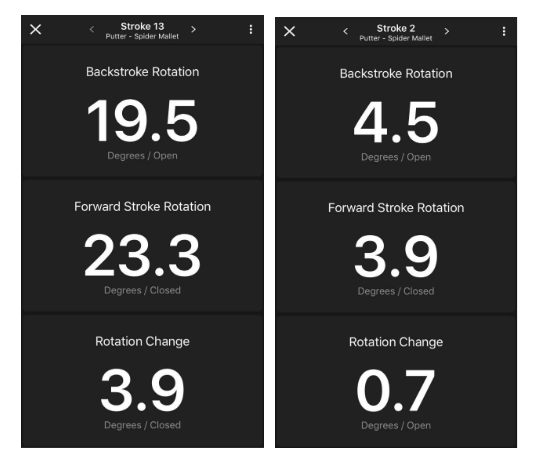

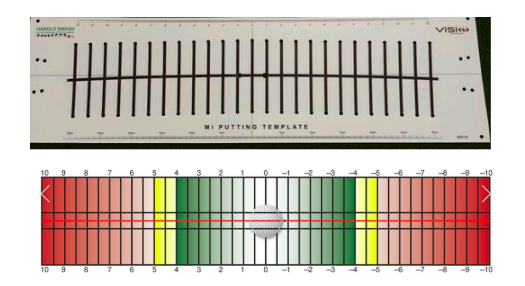


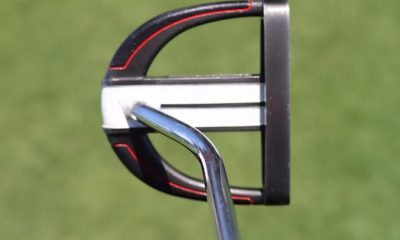







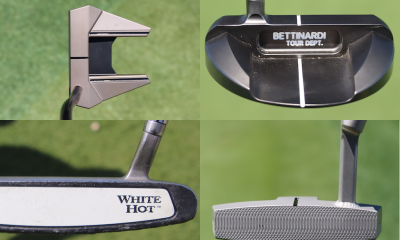












Putt Drainer
Jun 7, 2019 at 1:49 pm
Just buy a face balanced putter, and hang on for dear life!
TaderSalad
Jun 5, 2019 at 8:00 pm
I pop stroke everything within 10 feet, unless downhill roll. Pull it back about an inch and blast it through the ball. Has helped me all but eliminate short misses. Strongly recommend.
G
Jun 5, 2019 at 5:45 pm
What about the grain? That makes me miss more than my stroke lol
David Lehmann
Jun 5, 2019 at 4:25 pm
SB and ST end of issue here!
Randy
Jun 5, 2019 at 4:19 pm
Nah. It’s because I choke like a dog.
Ryan Burke
Jun 5, 2019 at 4:34 pm
Great article Tom.